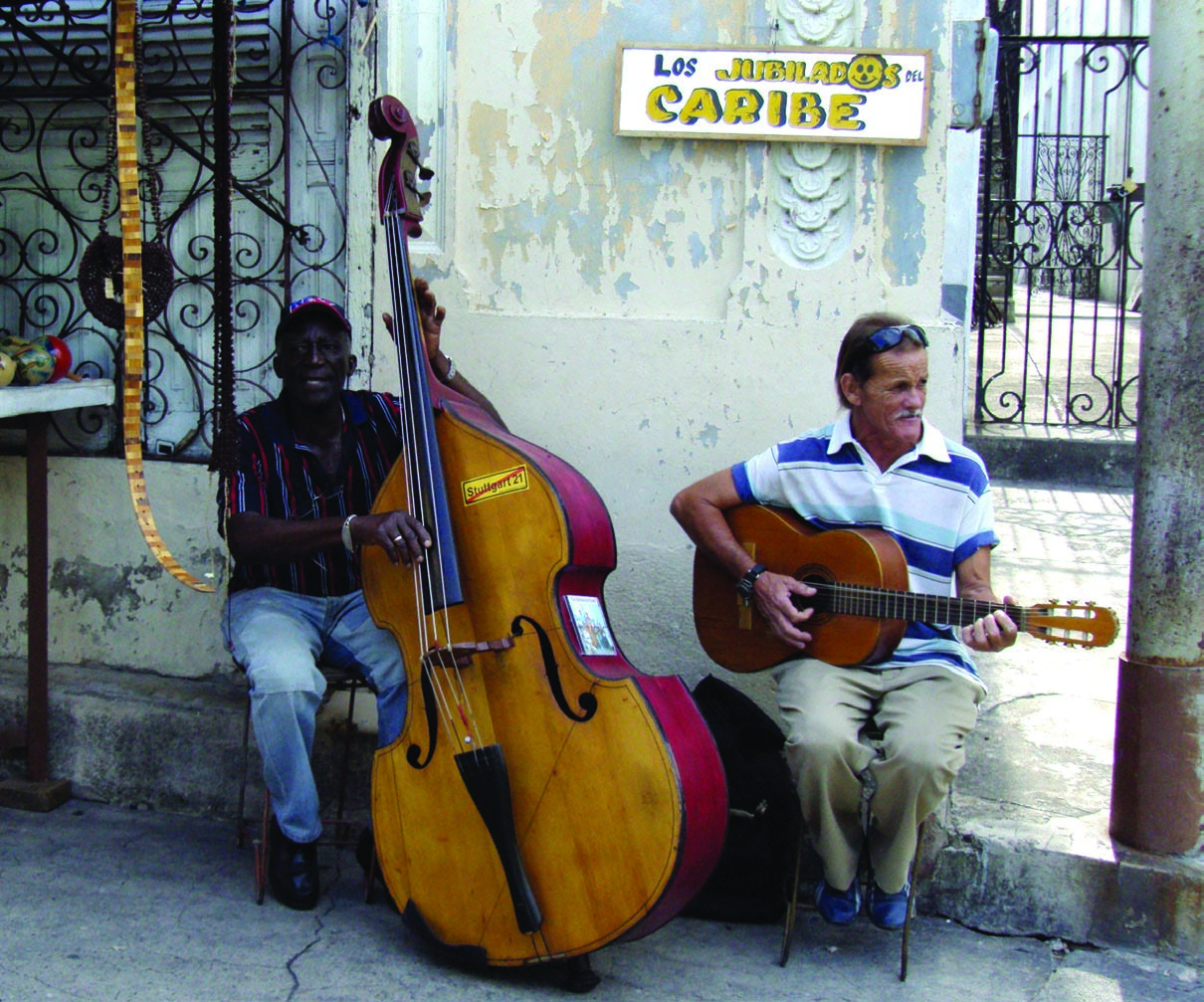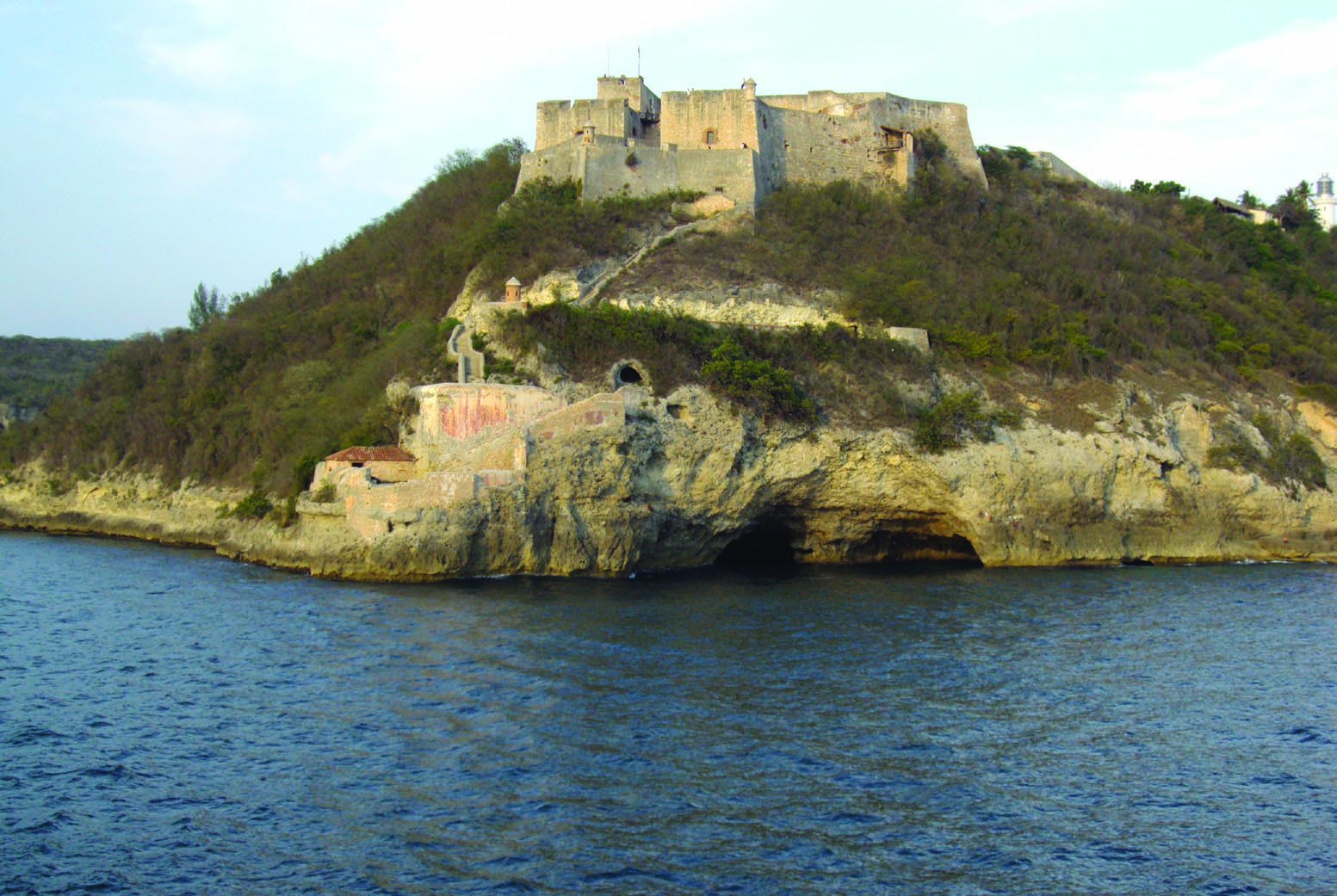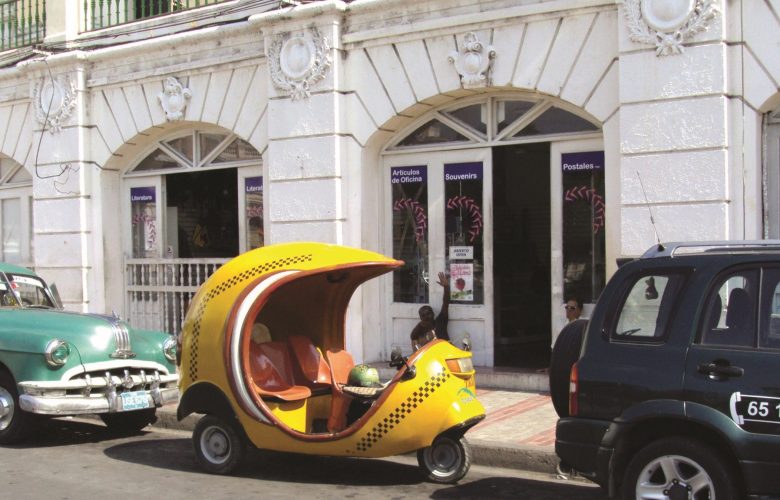 Santiago de Cuba, with a population of nearly half a million, is Cuba’s second largest city, in the 18th and 19th centuries it was a prosperous center based on the slave trade. The town has an ascent tourist industry based on a rich culture heritage in music, literature and arts. Strong Afro Hispanic traditions combined with Haitian Afro French cultural influences from the end of the 18th century has created Cuba’s most culturally diverse city.
Santiago de Cuba, with a population of nearly half a million, is Cuba’s second largest city, in the 18th and 19th centuries it was a prosperous center based on the slave trade. The town has an ascent tourist industry based on a rich culture heritage in music, literature and arts. Strong Afro Hispanic traditions combined with Haitian Afro French cultural influences from the end of the 18th century has created Cuba’s most culturally diverse city.
Founded in 1514 and briefly Cuba’s capital, the city retains our rich colonial architectural heritage, with trappings such as gingerbread latticework and wrought iron railings. Santiago de Cuba is the island’s hero city so hard because it was the creator of the revolution, which started up there when Castro’s forces attacked the Moncado Garrison in 1953 and ended there when Batista’s army surrendered in 1959. The best way to appreciate any town is at street level and a walking tour typically soaks up the historic core, adjacent narrow streets and tranquil relaxation spots. The city was the ancestral home of Barcardi Rum until the Cuban revolution. No tour of the city is complete without a visit to its small tourist trap, Barra de Ron Caney to purchase local supplies.

A picture of Castillo del Morro in Cuba.




